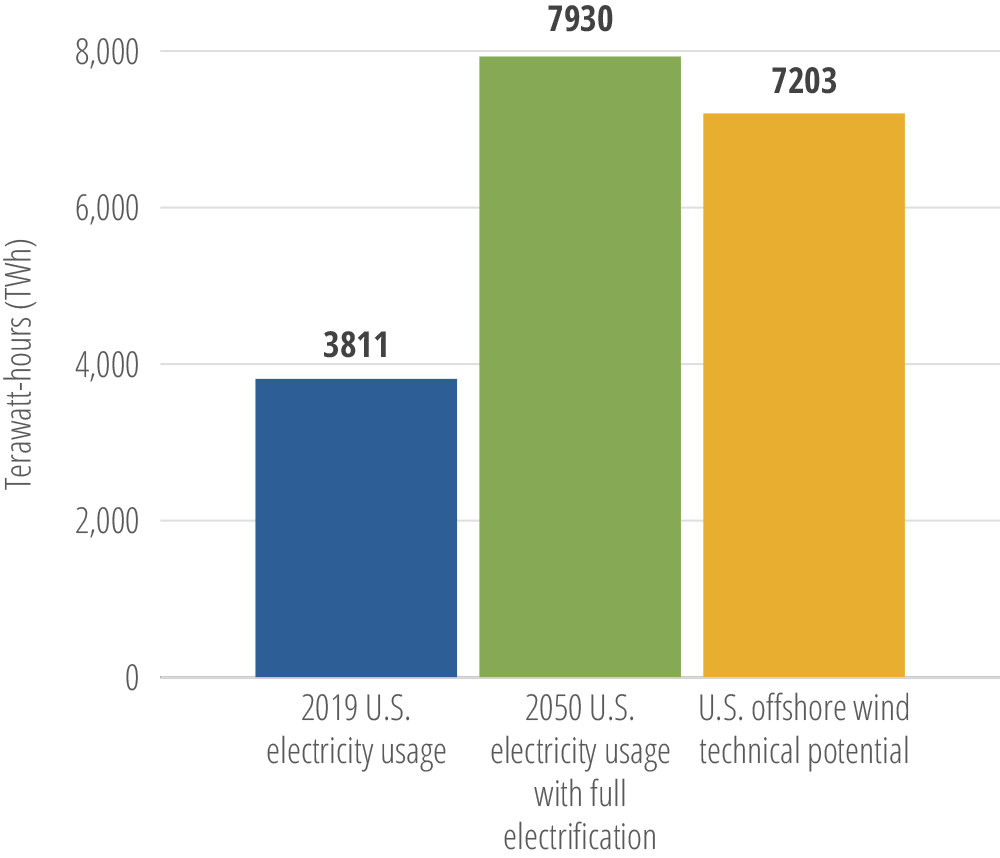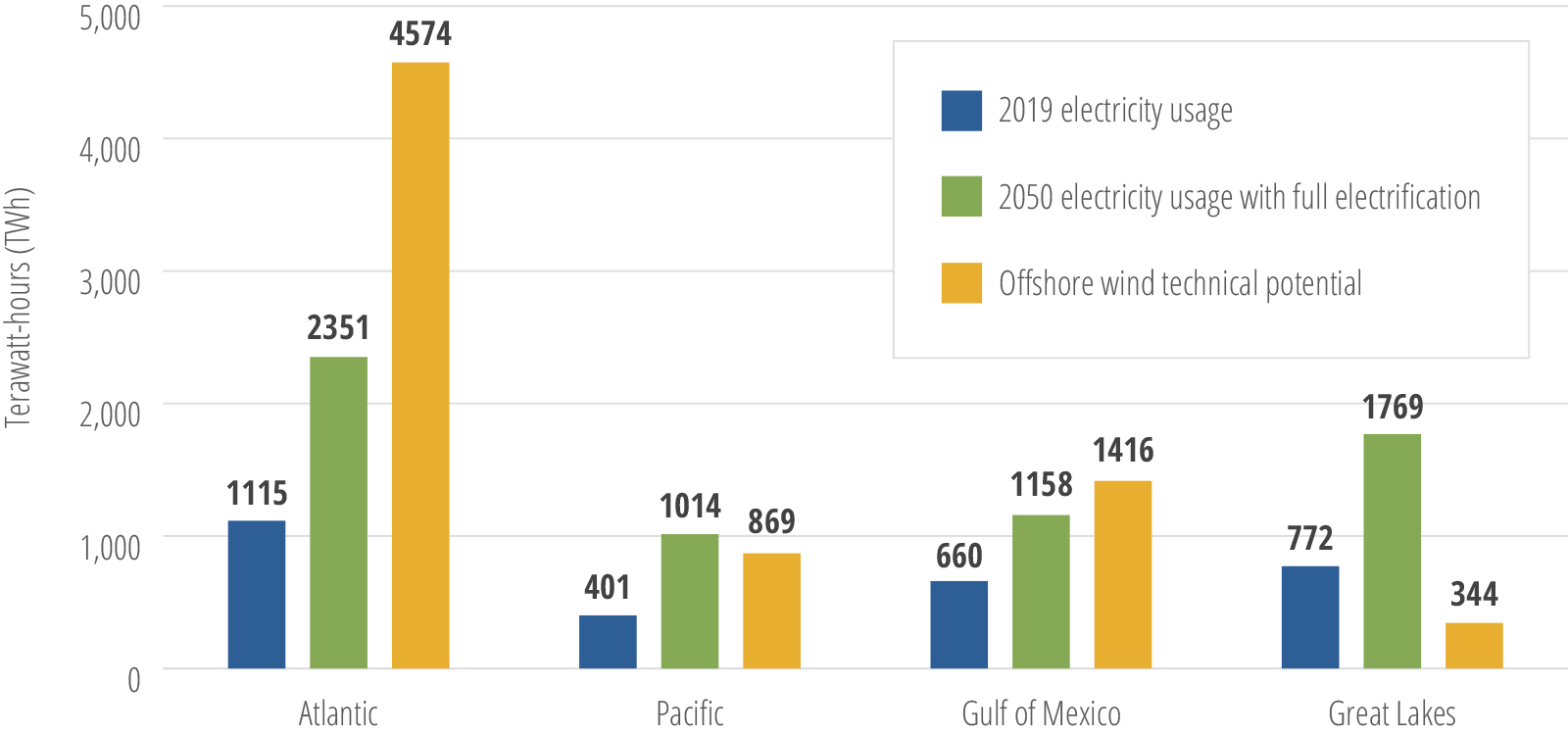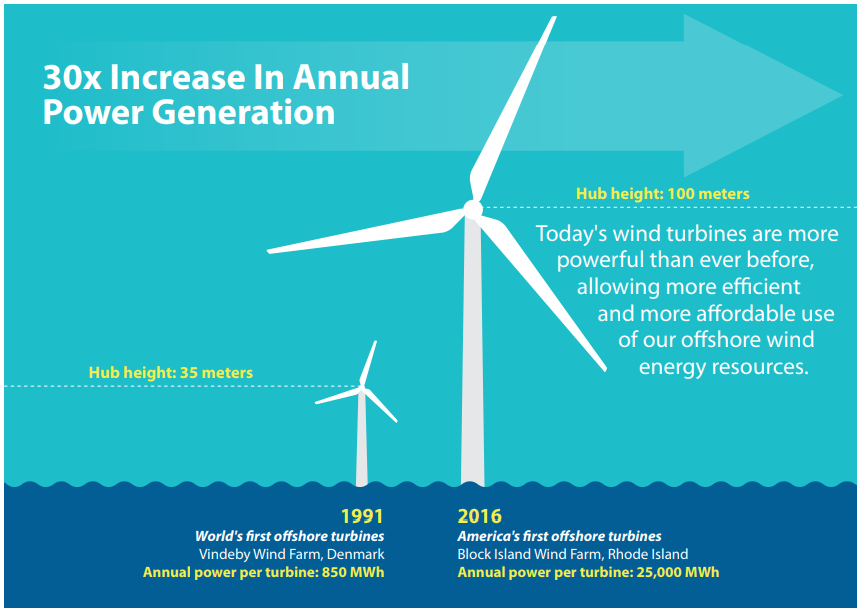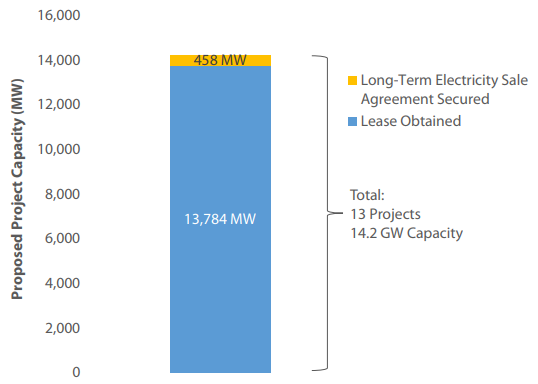Gideon Weissman
Former Policy Analyst, Frontier Group
The Atlantic coast states are dependent on fossil fuels, which pollute our air, put our health at risk, and contribute to global warming. To achieve a truly clean energy system, Atlantic states – which account for more than a quarter of the nation’s energy use – will need to tap into a massive clean energy resource that is right in our back yard. The wind blowing over the Atlantic ocean is just such a resource. With enough wind energy resources to generate four times the amount of electricity the region currently consumes, offshore wind can help power the Atlantic coast with clean energy.
The Atlantic coast states are dependent on fossil fuels, which pollute our air, put our health at risk, and contribute to global warming. In response, states in the region are moving toward an energy system powered by clean, renewable sources: Atlantic states now generate enough wind and solar energy to power nearly 2 million homes, 19 times more than just a decade ago.
Yet to achieve a truly clean energy system, Atlantic states – which account for more than a quarter of the nation’s energy use – will need to tap into a massive clean energy resource that is right in our back yard: offshore wind energy.
With enough wind energy resources to generate four times the amount of electricity the region currently consumes, offshore wind can help power the Atlantic coast with clean energy. In order to capture this tremendous pollution-free resource, state leaders must put in place strong policies to foster development of offshore wind, while ensuring the protection of our oceans and wildlife.
Offshore wind is an abundant resource located close to where we need it most, and it can play a core role alongside other renewable energy sources in providing clean energy for the future.
Figure ES-1. Offshore Wind Energy Potential on the Atlantic Coast

Figure ES-2. Offshore Wind Has the Technical Potential to Supply Double the Energy Demand for Current Electricity Needs Plus Estimated Demand for Electrified Vehicles and Heating

Offshore wind technology is advanced, affordable and proven.
Figure ES-3. Turbines at Block Island Wind Farm Produce 30 Times More Electricity Each Year Than the First Offshore Turbines from 1991

Offshore wind projects are already planned all along the Atlantic coast.
Figure ES-4. Capacity of Proposed Atlantic Offshore Wind Projects by State and Project Status

Securing a long-term agreement for the sale of electricity (an “offtake” agreement) is an important step in the development of offshore wind projects. These can take forms including power purchase agreements and renewable energy credit agreements.
Offshore wind has the potential to help repower the Atlantic coast with clean energy – but taking advantage of the opportunity will require support from policymakers and regulatory bodies. Supportive policies include strong and enforceable state offshore wind targets, policies to ensure a strong market for offshore wind, investments in research, and efforts to work with the federal Bureau of Ocean Energy Management to ensure environmentally responsible and efficient development of offshore wind resources. Policymakers must also create minimum standards for the protection of ocean habitats and wildlife (particularly the North Atlantic right whale).
Photo: Courtesy of Deepwater Wind
Former Policy Analyst, Frontier Group
